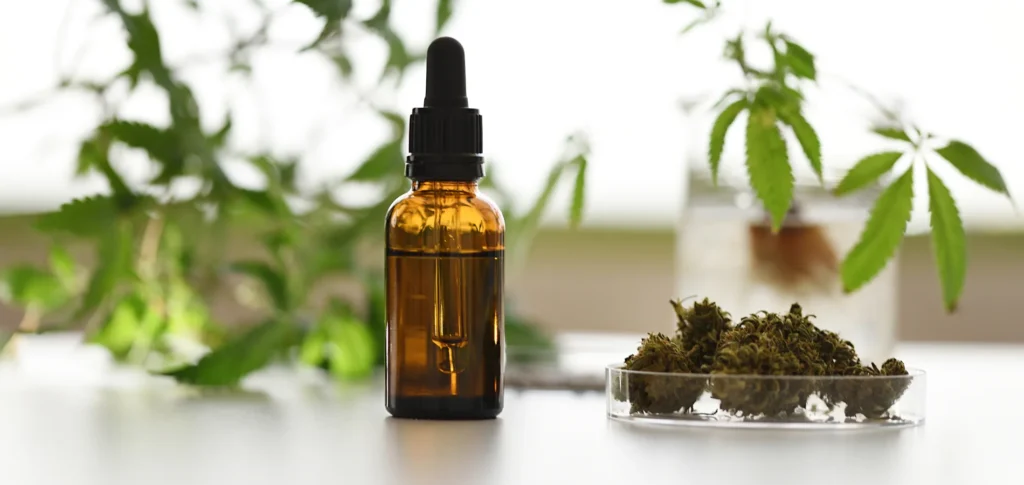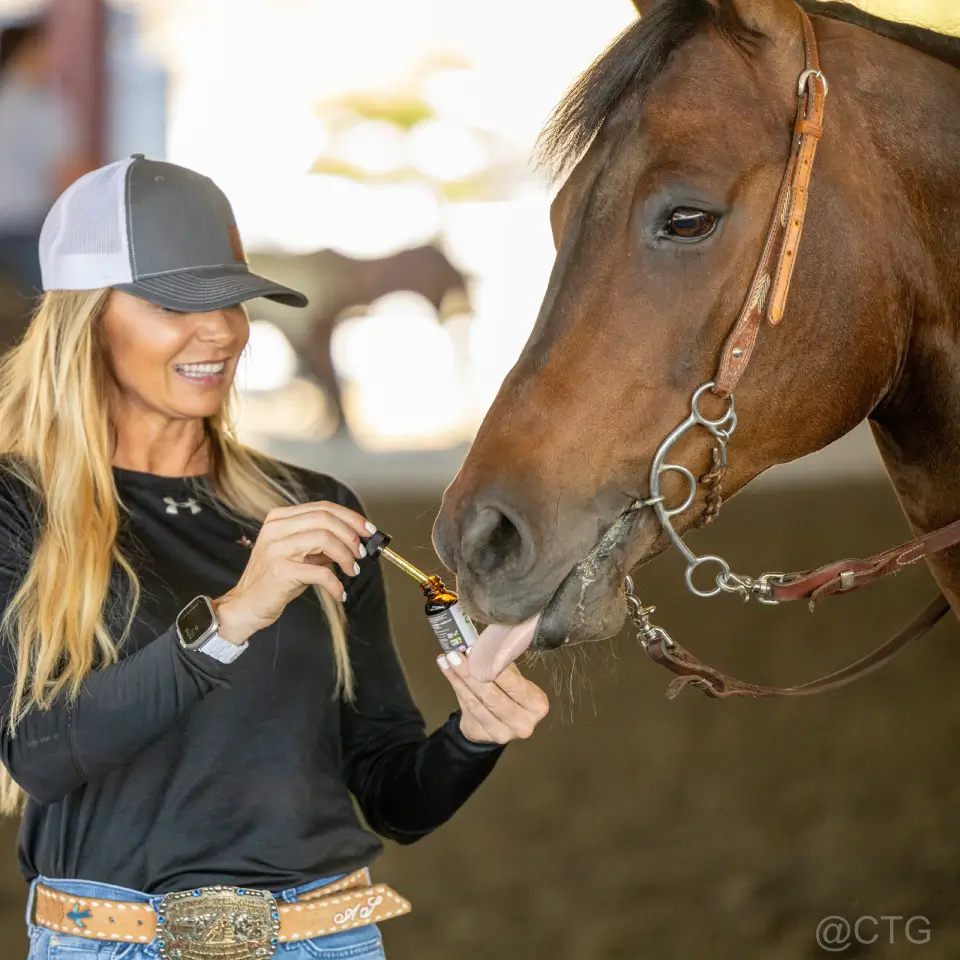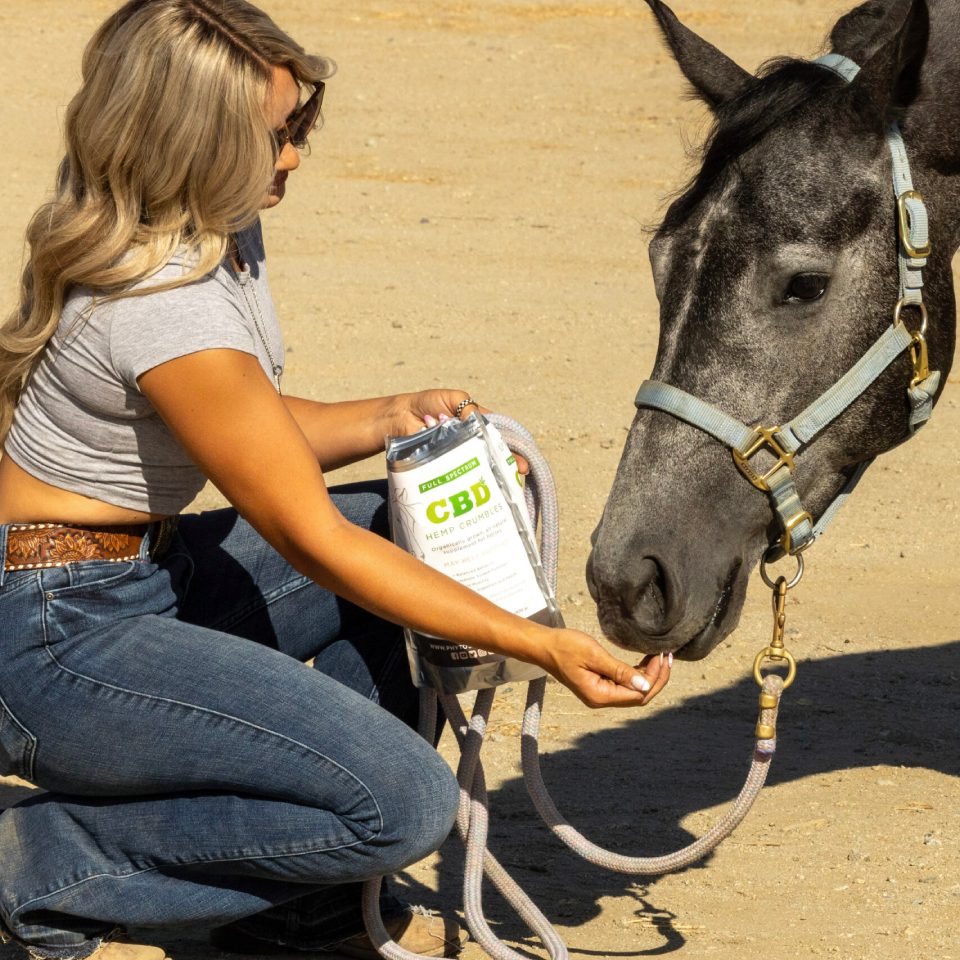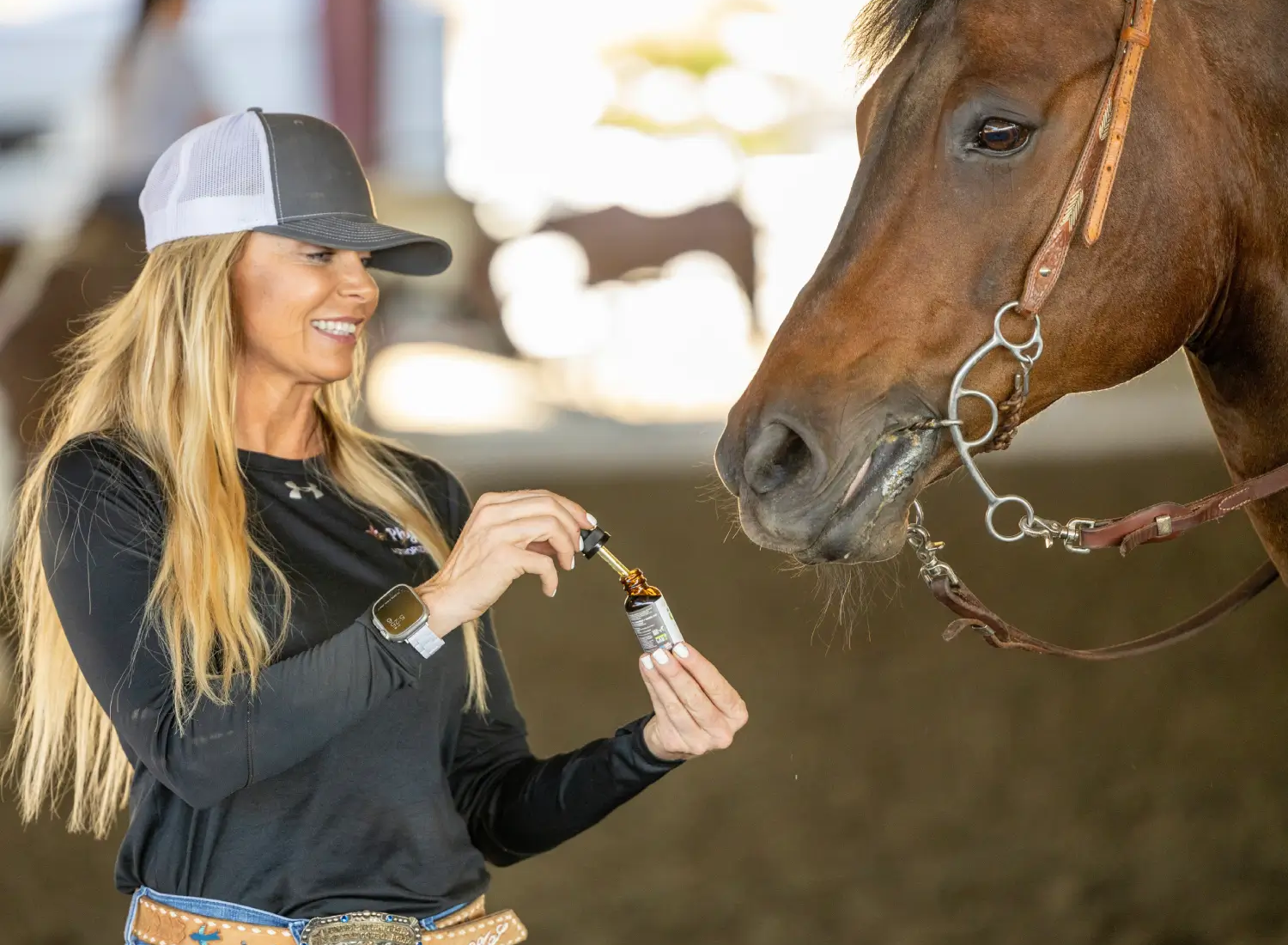
CBG vs. CBD: how do they compare? CBD is a product you’ve likely heard of in recent years.
Toted as a potential medicinal alternative for pain, inflammation, and anxiety reduction, CBD has made waves over the last decade. From 2014 to 2022, the sale of cannabidiol (CBD) products increased a whopping 1,675% — and that number only takes into account U.S. (not global) sales (Statista.com, 2022)!
With all the popularity regarding CBD, have you heard of CBD’s close cousin, CBG? Dubbed the “Rolls-Royce of CBD,” CBG is fast becoming popular for health and cannabis aficionados.
Plus, it delivers all the benefits of CBD.
So, what exactly is CBG? And how does this therapeutic product compare to CBD?
PhytosanaCBD here: for years, we’ve been granulating and steam-pressing high-quality hemp into a crumble, to provide the wholesome benefits of naturally occurring CBD to people and animals. Our hemp products include CBD and CBG.
In this article, we’ll cover:
- What CBG and CBD are
- The differences between CBG and CBD
- The benefits of taking CBG
- The challenges of producing CBG
- How all-natural CBD and CBG may help you, horses, and your pets stay healthy and well
The three main types of cannabinoids
| These are cannabinoids that naturally occur in the cannabis plant. The most well-known types of cannabinoids include: 1. THC (tetrahydrocannabinol) – the primary psychoactive compound 2. CBD (cannabidiol) – non-psychoactive and widely used for its potential therapeutic effects 3. CBG, CBN, and CBC – lesser-known cannabinoids that also have unique properties |
CBG and CBD: a closer look at cannabinoids

Before we dive into the differences between CBG and CBD, let’s take a quick look at what exactly CBG and CBD are.
CBG stands for cannabigerol, while its fully mature cousin, CBD, stands for cannabidiol.
While CBD is considered a significant cannabinoid and CBG is a minor cannabinoid, both are derived from cannabigerolic acid (CBGA). The difference is that CBD and CBG are derived from CBGA through different processes.
But, before diving into the specifics of each, let’s take a couple of steps back and break down those derivations a little bit.
How cannabidiol (CBD) and cannabigerol (CBG) are derived

As the cannabis plant matures, CBGA — the acidic form of CBG — is converted into plant enzymes. The conversion to plant enzymes results in a ratio of the three major cannabinoids we see on the market today.
Those cannabinoids include:
- Tetrahydrocannabinolic (THC)
- Cannabidiolic (CBD)
- Cannabichromanic (CBC)
CBG derives itself from CBC. But how?
CBG comes from the amounts of CBC acid that aren’t converted into THC, CBD, or other minor cannabinoids. If anything, CBG forms through a process called decarboxylation, a process that involves removing and releasing carbon dioxide (CO₂) from a substance.
When decarboxylation occurs, cannabis strains very rarely include much CBG content.
To yield higher yields of CBG in cannabis products, specialist plant breeders often experiment with crossbreeding different strains of cannabis. Plant breeders must extract the product at the right time to preserve the highest amount of CBG possible.
As such, many plant breeders extract CBG around six weeks into an eight-week flowering cycle.
With a highly specific window of time available for cultivating CBG, you can imagine why it’s not as populous as its cousin, CBD.
Speaking of CBD, shall we take a look at how CBG and CBD differ? Let’s dive in.
Similarities and key differences between CBD and CBG

Our bodies are truly amazing. They’re built with an endocannabinoid system, which makes a substance called cannabinoids (or endocannabinoids).
The endocannabinoid system is responsible for daily living related to pain, appetite, and body inflammation.
For more than 600 million years, our body has been able to process substances that include cannabinoids via two main cannabinoid receptors in the body, CB1 and CB2 cannabinoid receptors.
As such, CBG and CBD interacts with CB1 and CB2 cannabinoid receptors located in the brain.
In terms of differences, the largest difference between CBG and CBD is that CBD is a major, non-psychoactive cannabinoid found in cannabis, whereas CBG is a minor, non-psychoactive cannabinoid found in cannabis.
Both CBD and CBG may offer therapeutic potential for supporting a variety of mental health-related and chronic conditions.
More than just helping with mental health and chronic conditions, CBG and CBD has been reported to provide a sense of calm for those in need, among other benefits. Research is still ongoing, though.
The benefits of CBG and CBD

Especially with CBG, psychoactive cannabinoids (like THC) produce its effects through interactions with CB1 and CB2 receptors. With that being said, CBG may act as a buffer to THC’s psychoactive properties.
What’s more, CBG and CBD may alleviate the feelings of paranoia that sometimes come with ingesting THC in large amounts.
Finally, CBD and CBG may help:
- Decrease inflammation
- Increase pain relief
- Improve gut health
- Help regulate sleep and mental health
- Mediate chronic conditions
As such, research is still ongoing.
We’ll explore each of these benefits in greater detail in the next sections..
Inflammation
Preliminary studies with mice show that CBG may have an anti-inflammatory and analgesic effect on mice (Kogan et. al., 2021). What’s more, the same study found that CBG may help prevent obesity in mice who are fed a high-fat diet.
As such, promising potential exists for CBG and its ability to potentially help decrease inflammation.
Pain relief
Some studies demonstrate that CBG stimulates receptors involved with pain and heat sensations. Therefore, CBD and CBG may play a role in blood-related regulation processes needed to help provide pain relief.
Gut health
Preliminary research shows that cannabinoid products may be helpful for brain diseases and gut-related issues. What’s more, cannabinoid products may also have anti-bacterial products, but more research is needed to confirm these claims.
Sleep and mental health
Studied for its relaxing effects for improved sleep, health, and wellness, cannabidiol products may help individuals with various sleep and neuropsychiatric conditions. For example, select studies have found that cannabidiol may help people with anxiety and sleep-related conditions (Shannon, Lewis, Lee, and Hughes, 2019).
With that being said, more research is needed to determine to what extent cannabidiol may help treat sleep and mental health-related conditions.
Chronic conditions
Cannabidiol may help individuals living with glaucoma, inflammatory bowel disease, memory-related issues, and bacteria-driven conditions. The anti-inflammatory effects of these two cannabinoids, CBD and CBG, may help people control pain and other symptoms of their chronic conditions.
With that said, research is ongoing.
The challenges of producing CBG

You may have heard of CBD, but why hasn’t CBG gained as much traction as CBD? Boasting no intoxicating effects and many potential therapeutic benefits, CBD hasn’t grown in popularity to the extent that CBD has, though CBG tends to be more expensive.
To produce small amounts of CBG isolate, plant growers must cultivate thousands of pounds of biomass because hemp contains tiny amounts of CBG.
In contrast, 20% of each hemp crop contains CBD. In other words, you need to extract much more biomass to produce the same amount of CBG as CBD.
It’s no wonder that CBG is considered the Rolls-Royce of cannabinoids.
For example, the longer that a cannabis plant matures, the greater the chance that the cannabigerol acid in the strain will convert into other cannabinoids.
The dilemma then is two-fold:
- Harvest the plant early to produce more CBG before it converts to other cannabinoids, or
- Wait until the crop is mature and can be sold for other purposes, but the crop will have lower extractable CBG content.
To cultivate CBG, you’ll need much more biomass and much more powerful extraction equipment, equipment which tends to cost more than standard cannabinoid isolate extraction equipment.
But the choice is yours when it comes to cultivation. You can cultivate purer CBG plant material, but more crops will convert to other cannabinoids.
Or, you can grow CBD-rich plant material that isn’t as rich in cannabigerol.
Did you know?
Did you know that despite the challenges of growing CBG, many producers and growers provide equal amounts of THC and CBD products that are rich in CBG? At PhytosanaCBD, we deliver neuroprotective hemp plant-based products.
We provide 100% organic, non-GMO CBD and CBN products for humans, horses, and pets. Every product is third-party tested to ensure quality and safety. Discover oils, topicals, chewies, and more—crafted with care for your wellness journey.
For a list of our 100% organic, all-natural, and non-GMO CBD products, check out our CBD shop or visit us on Instagram!
Discover how CBG/CBD can help you and your pets

Nature is an amazing place, and so are our bodies.
The body’s endocannabinoid system was developed more than 600 million years ago to help dogs, cats, horses, and people to help us reduce inflammation and pain for various conditions.
The great news is that hemp products rich in cannabidiol (CBD) and cannabigerol (CBG) — as well as products rich in tetrahydrocannabinolic (THC) — may help us with various mental health, sleep-related, and neurological conditions.
With that being said, research is still ongoing.
Though differences between CBD and CBG exist, they both can be used to help support the health and well-being of animals and humans alike.
For years now, our expert cultivators and CBD product specialists have perfected the art of growing potent, top-quality organic CBD products for humans, horses, and dogs.
No binders, no sweeteners, and no artificial flavorings: we say yes to high-quality, natural, and lab-verified products that make you and your animal friends heal.
To check out our products, feel free to contact us anytime. We’d be happy to curate a specialized product package tailor-made to your unique needs.
Until then, live well in mind and body, and we look forward to helping you along life’s journey.
PhytosanaCBD: All-Natural CBD Solutions for Horses, Pets, and You!

